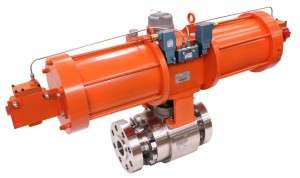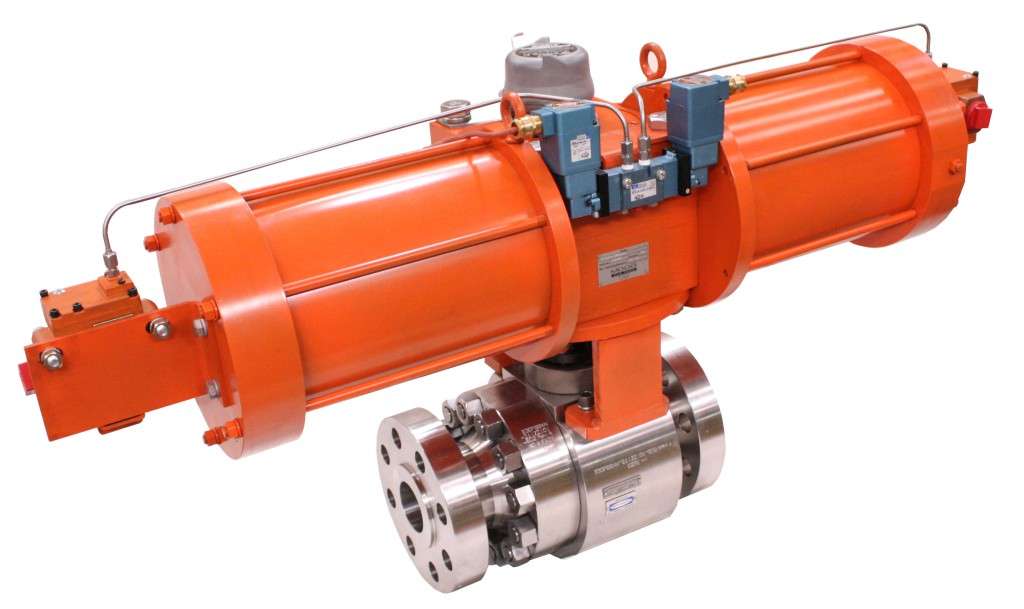product
EcoPack® Fugitive Emissions Packing Solution


ValvTechnologies EcoPack® packing solution for the reduction of fugitive emissions.
Reducing fugitive emissions is a leading concern in the fight against climate change. The EPA estimates that the production segment of the oil and natural gas industry is responsible for 45% of total methane emissions. In 2015, the first-ever plan to regulate emissions from this industry was launched: because valve leakage is responsible for more than 50% of total fugitive emissions, valves have been a considerable focus in the effort to reduce fugitive emissions.
ValvTechnologies’ is leading the charge in the reduction of fugitive emissions with the development of the EcoPack®: a superior stem packing solution for high-cycle, fast acting valves that meets stringent fugitive emissions requirements.
ValvTechnologies NexTech® pulsejet valve with EcoPack® was recently tested by an independent agency that verified the solution not only met but exceeded endurance testing standard performed 500,000 cycles while retaining a maximum leakage rate equivalent to ISO 15848-1 2006 Class BH for the entirety of the test.
Typical stem sealing technology requires packing adjustment. With high-cycle valves, these adjustments would have to occur very often, causing disruptions in plant operation, safety concerns and non-compliance with tightening emissions regulations. With the EcoPack® solution, lab tested results show the seal is capable of 500,000+ cycles with the stem packing requiring zero maintenance or adjustment. This solution is perfect for customers requiring a quickly-rotating valve that completes many cycles annually (i.e. 250,000 per year or more) and must also meet fugitive emissions requirements.
Meets ISO-15848-1 testing requirements for fugitive emissions*
Packing requires zero adjustment or maintenance
Capable of 500,000+ cycles
Durable packing solution for extremely fast cycle speeds of less than 0.5 seconds
*certification in progress
Longer intervals of plant operation between maintenance schedules
Safer plant operation due to less exposure of plant personnel to valves requiring packing adjustment
Longer valve seal life
Reduced emissions to comply with EPA fugitive emissions requirements

"*" indicates required fields
